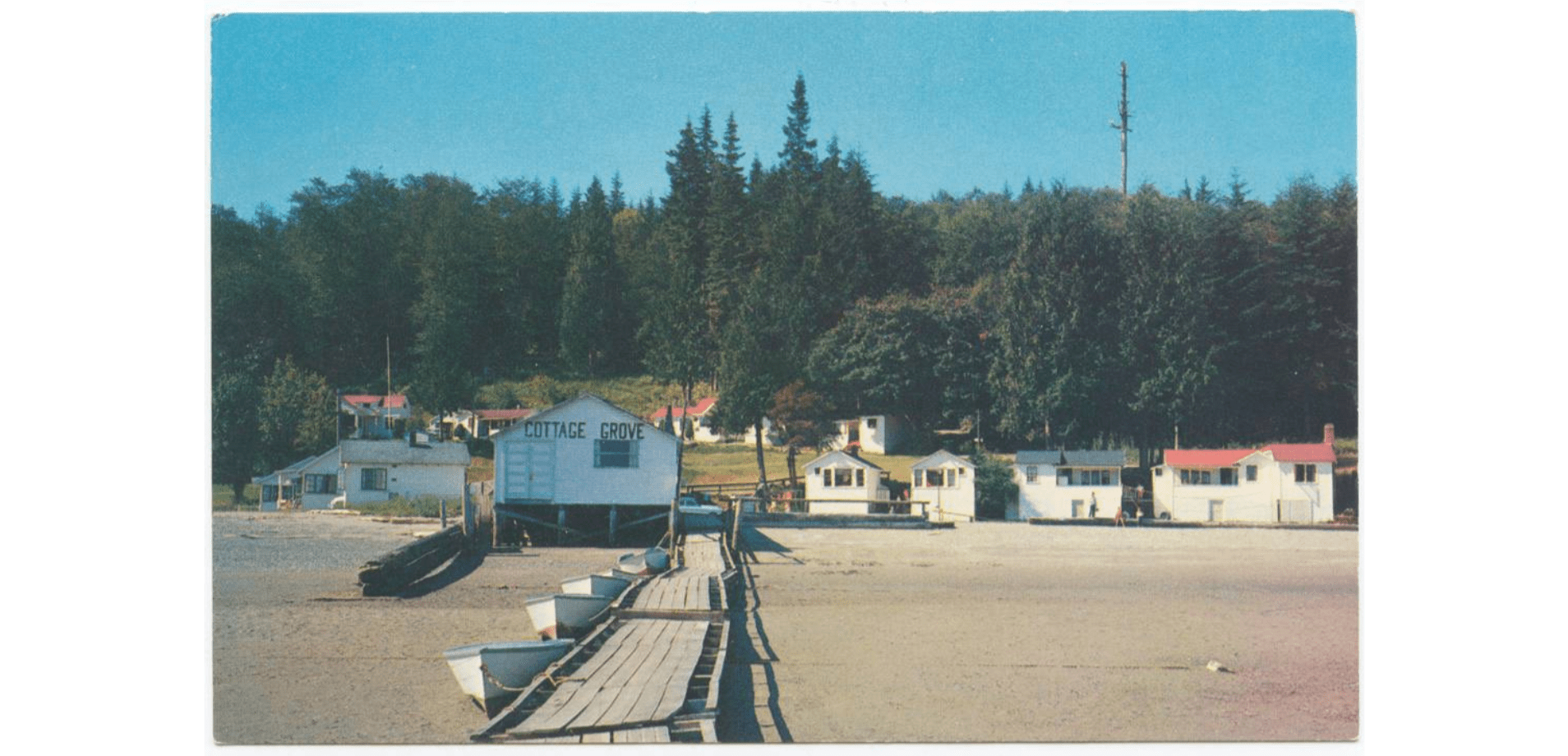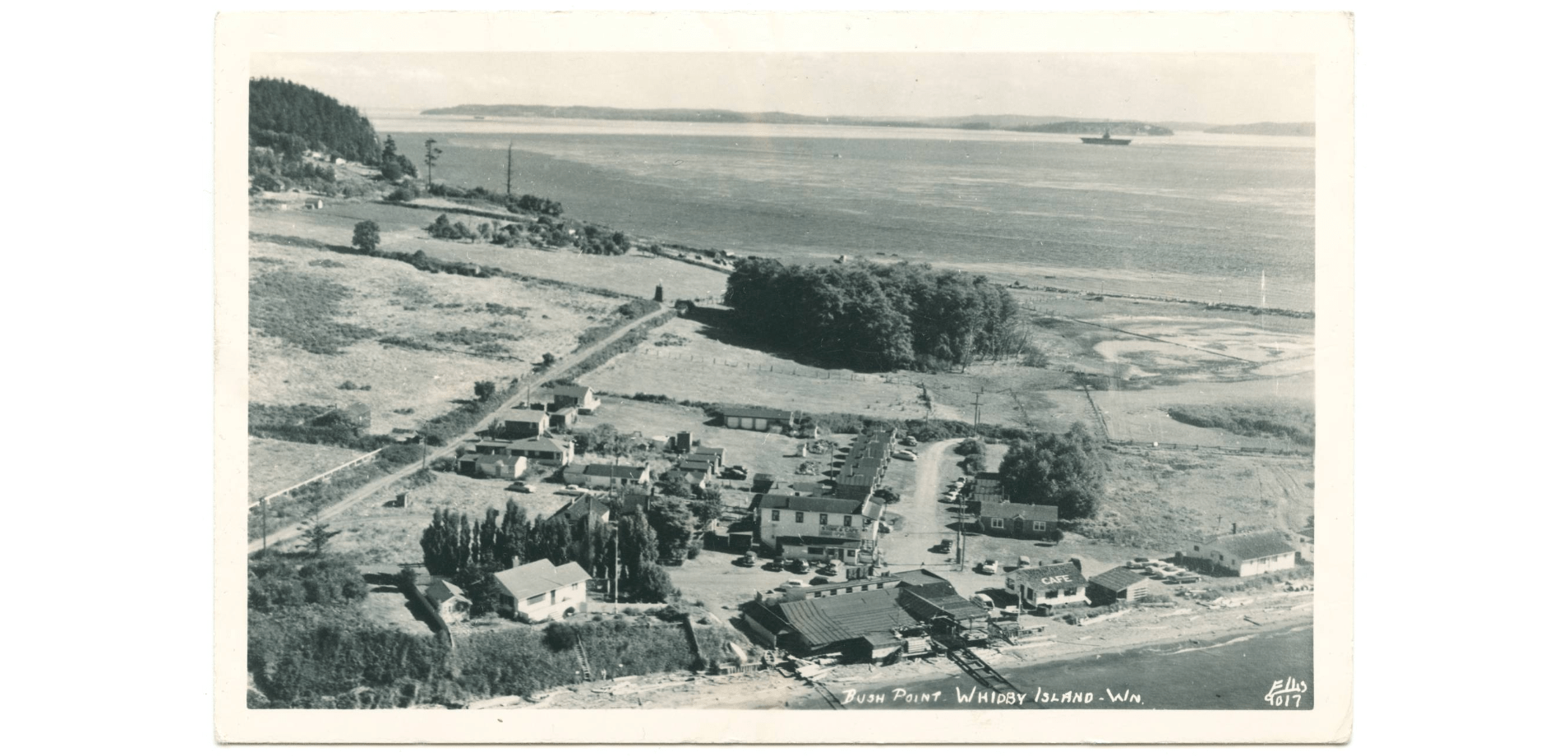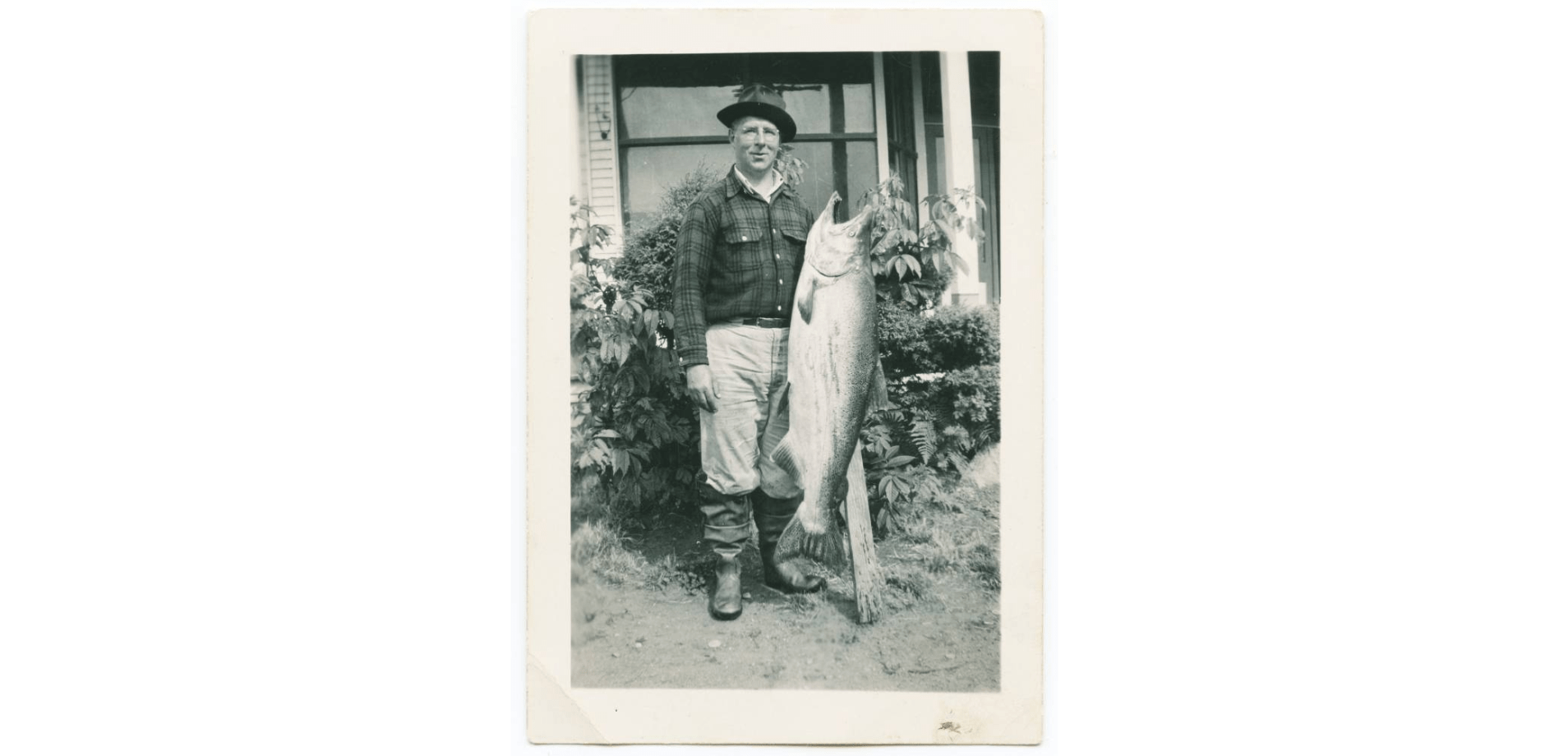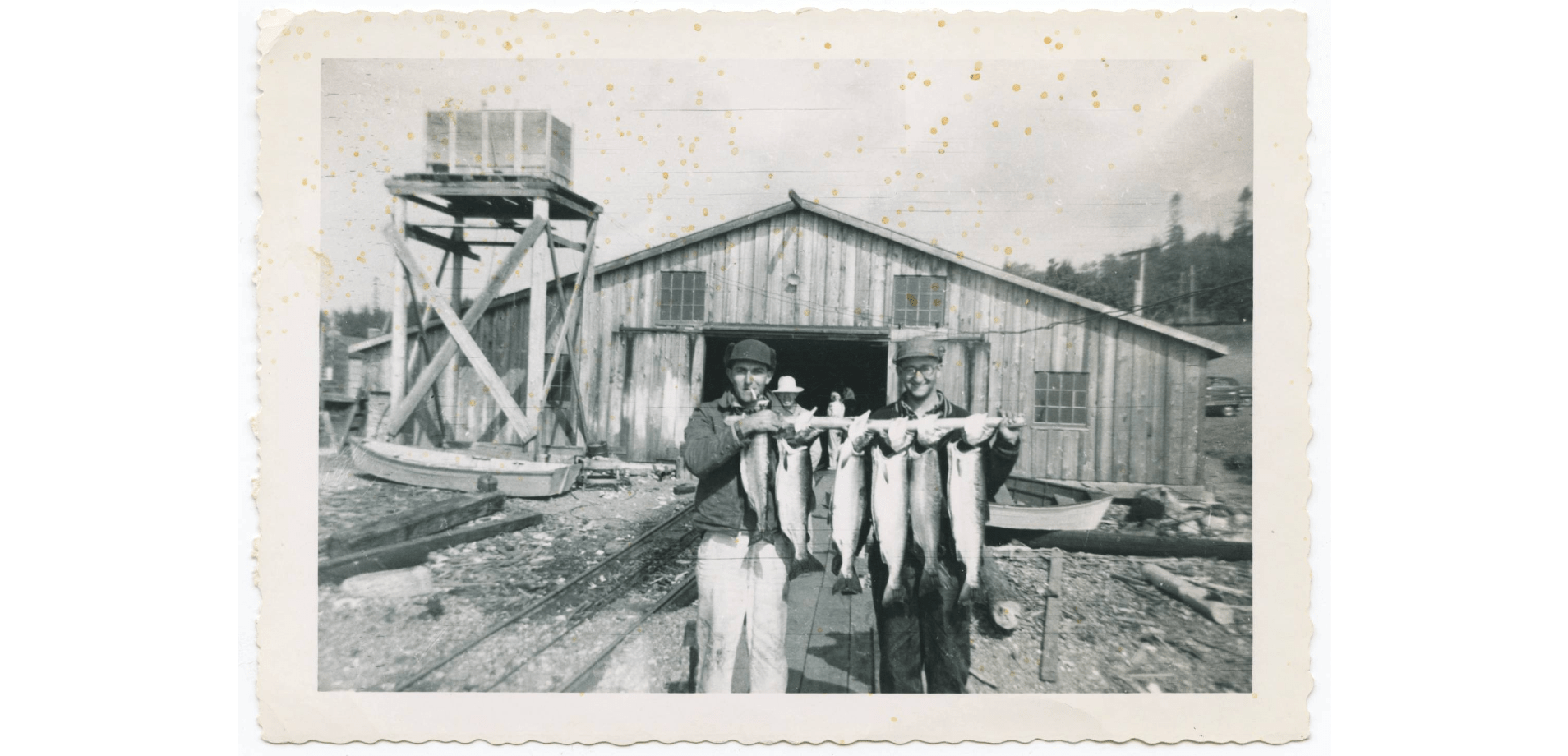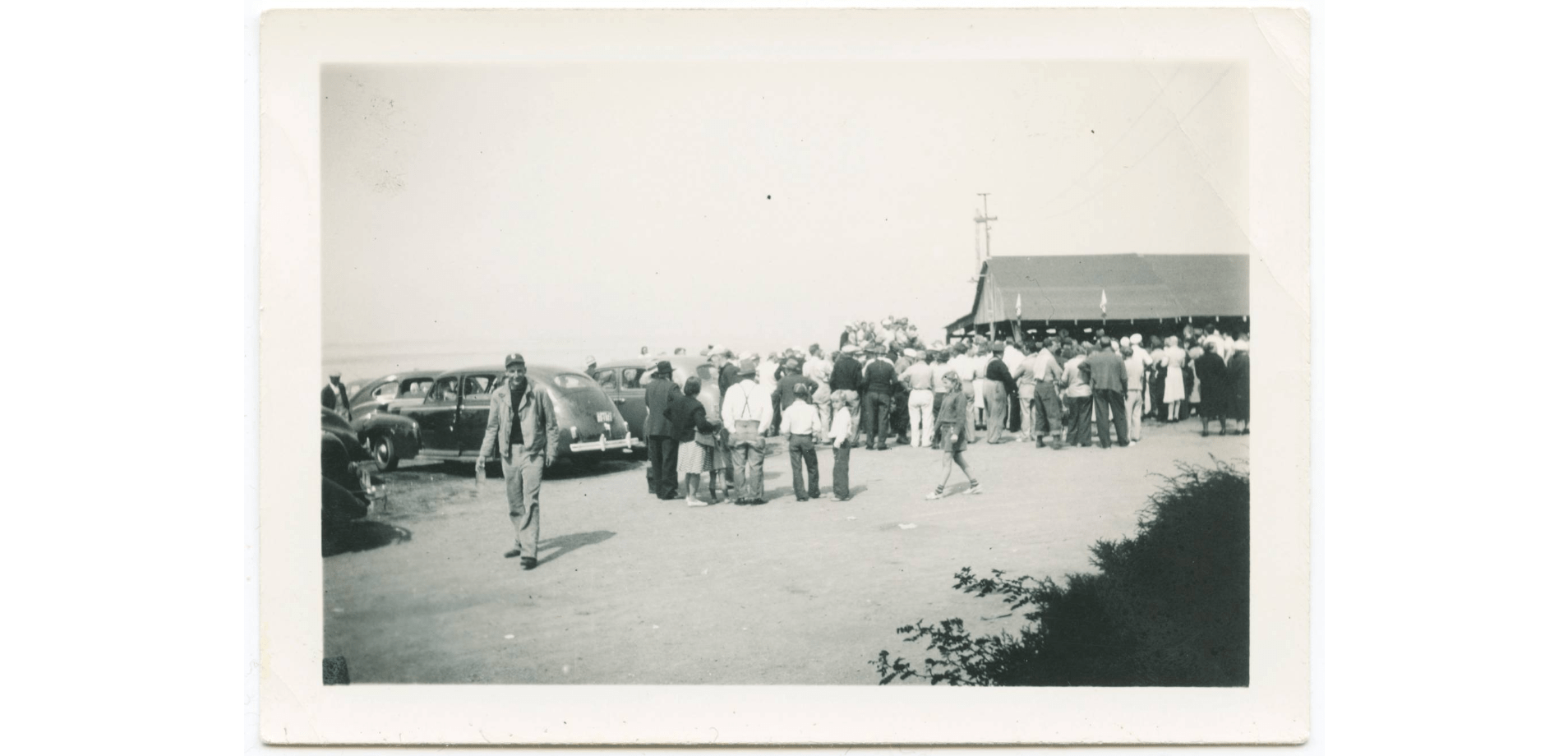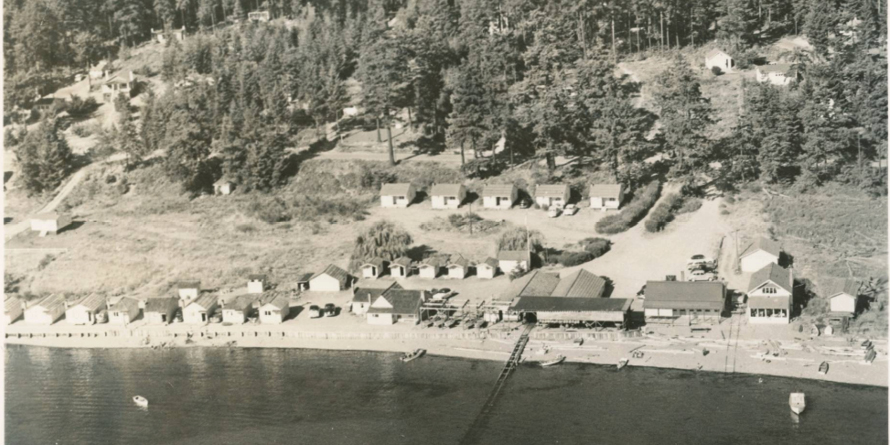
In the 1930s, ’40s and ’50s, when sport fishing was the rage and salmon plentiful and accommodating, resorts and fishing cabins sprung up along the shores of Whidbey Island. When the salmon traps were disassembled and fishing business dwindled, the idea of bringing in families to fish from the waters of Whidbey caught on.
The resorts began to appear in the 1930s, after first the automobile and then the ferry made it possible for mainlanders to discover the fertile fishing grounds of the island, and islanders with beach property discovered an economic opportunity.
More than 35 of the family-run fishing resorts sprang up on South Whidbey, drawing families from across the state during the Great Depression.
A ferry to Whidbey carried automobiles for $1 fare, and the sparse one-room cabins went for two or three dollars a night. A low-cost vacation doubled as a way for families to stock up on enough silver salmon to get them through the winter ahead.
Resorts with names such as Gregson’s, Bush Point, Robinson’s and Hap’s appeared on both sides of the South End.
The resorts featured snug one-room cabins with a wood stove and occasional running water and electricity. People came for a weekend or a week, bringing their sleeping bags and 25 pounds of ice for the icebox. Some of the cabins were fairly nice, but others were very, very primitive - they didn’t have plumbing. But a cabin was just a place to sleep. The customers came for the fish.
Salmon were abundant, and all you needed was an outboard motor and some fishing tackle. People could rent a sturdy 16-foot boat and fish close to the resort.
During the Great Depression of the 1930s, most people had little disposable income to spend on a weekend’s relaxation. They came to fish for fun, but also to feed their families.
To boost business, resorts began to sponsor fishing derbies, with prizes of money, boats and motors going to those who caught the biggest fish.
Following World War II, the resorts flourished again as veterans returned and sought inexpensive family getaways. During the 1950s, however, things began to change on the island. People bought their own boats, then bought land to build their own cabins. By the late 1960s, salmon fishing was in decline as more and more regulations were clamped on sport anglers. The fish got smaller, too - as you can see from the photos!
This all added up to the demise of the island’s fishing resorts. Resort owners began selling their property to former customers. Summer cabins replaced resort cabins. No resorts remain on the island today. Meanwhile, many of those families who first came for weekend fishing trips to a resort are now living on Whidbey Island. They talk about their grandparents who first brought them to the island, and are hosting their grandchildren. Many of the summer cabins that replaced the resort cabins have themselves been replaced by homes, some of them large.
To view more photos from our past, visit our online historic photo archive.

